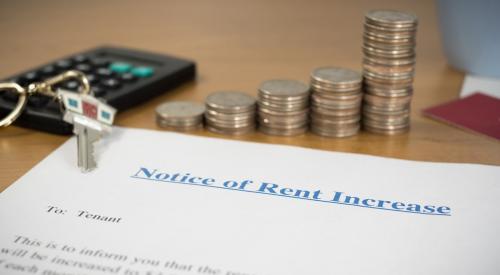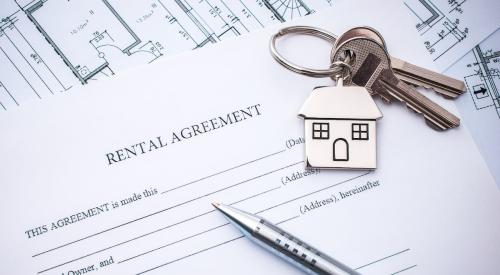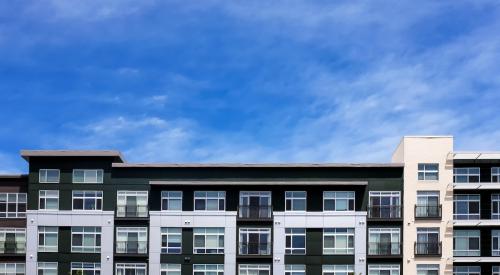Single-family rental demand nationwide surpassed the historical average in July, with some markets posting double-digit growth. John Burns Real Estate Consulting’s Single-Family Rent Index tracks 63 markets and found lease effective rates up 6% year-over-year in July, with the historical average being 3%. Rental demand is intense in Phoenix, Ariz., Riverside-San Bernardino, Calif., and Atlanta with growths up 13%, 12%, and 11%, respectively. John Burns also analyzes findings from public single-family rental investment companies and found a reported 14% same-home new lease rent growth in the second quarter of 2021.
We attribute this primarily to:
- Our Burns Single-Family Rent Index™ includes mom-and-pop landlords, who provide less services and tend to raise rents more cautiously
- The SFR REITs combined portfolio is concentrated in four markets (Atlanta, Phoenix, Tampa, and Las Vegas) where leasing demand has been very high
- REIT rents that were somewhat under market (in order to keep occupancy high during the initial growth period) are now being adjusted to market
Today’s Fundamentals
The overall single-family rental industry benefits from a plethora of strong fundamentals:
- Higher asking rents thanks to record-high occupancy and low new home construction in many markets
- Extremely tight for-sale housing supply at entry-level price points, which is where many single-family renters who want to buy a home typically search
- Strong price appreciation: Rising home prices result in rising property taxes, which helps the local city and also incents landlords to raise rent. Fortunately, our consultants have noted that many renters are relocating from more expensive markets where they were paying even higher rent, and are easily able to qualify.
- Consumers place a premium on living space: COVID-19 had fueled the need for extra space and privacy, particularly for those working from home, drawing some renters from apartments













